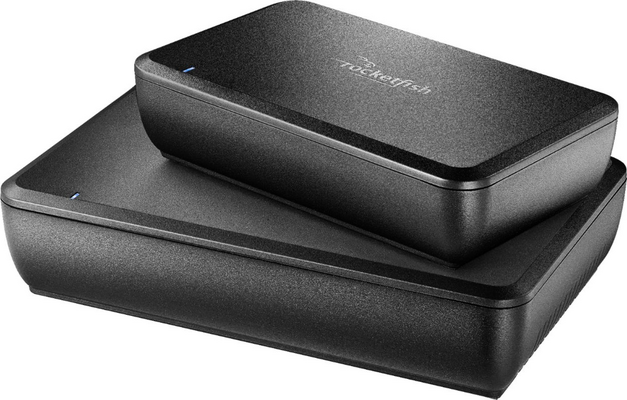John
Agent
- Joined
- Jun 7, 2023
- Messages
- 27
- Real Name
- John
I'm compiling a list of bookshelf speakers that general consumers can get behind and enjoy, but also have decent quality.
I've compiled the categories people are really looking for, alongside a basic, brainstormed thought:
What I'm understanding is that a ton of average people are looking for wireless bookshelf speakers, but word on the forum is just don't do it. My gut here is that non-audiophiles are going to eat up something that has a good Bluetooth codec and links well. Am I totally off-based on this? Granted, I'm also of the opinion that if you are putting your bookshelfs close to your TV, you won't need to worry about wireless anyhow, so grabbing wired is just worth it.
Looking for thoughts, criticisms, etc.! Thanks!
I've compiled the categories people are really looking for, alongside a basic, brainstormed thought:
- overall top-tier — some sort of KEF
- under $500 — some Elac Debut?
- budget — monolith audition b5
- active — Klipsch R-51PM
- passive — JBL A130 (heard great things on it in the forums, relatively easy to use / setup, etc.)
What I'm understanding is that a ton of average people are looking for wireless bookshelf speakers, but word on the forum is just don't do it. My gut here is that non-audiophiles are going to eat up something that has a good Bluetooth codec and links well. Am I totally off-based on this? Granted, I'm also of the opinion that if you are putting your bookshelfs close to your TV, you won't need to worry about wireless anyhow, so grabbing wired is just worth it.
Looking for thoughts, criticisms, etc.! Thanks!







